A time varying voltage is applied across A & B such that voltage across capacitor is given by VC=2sin2t. What is maximum potential difference across the reistance? 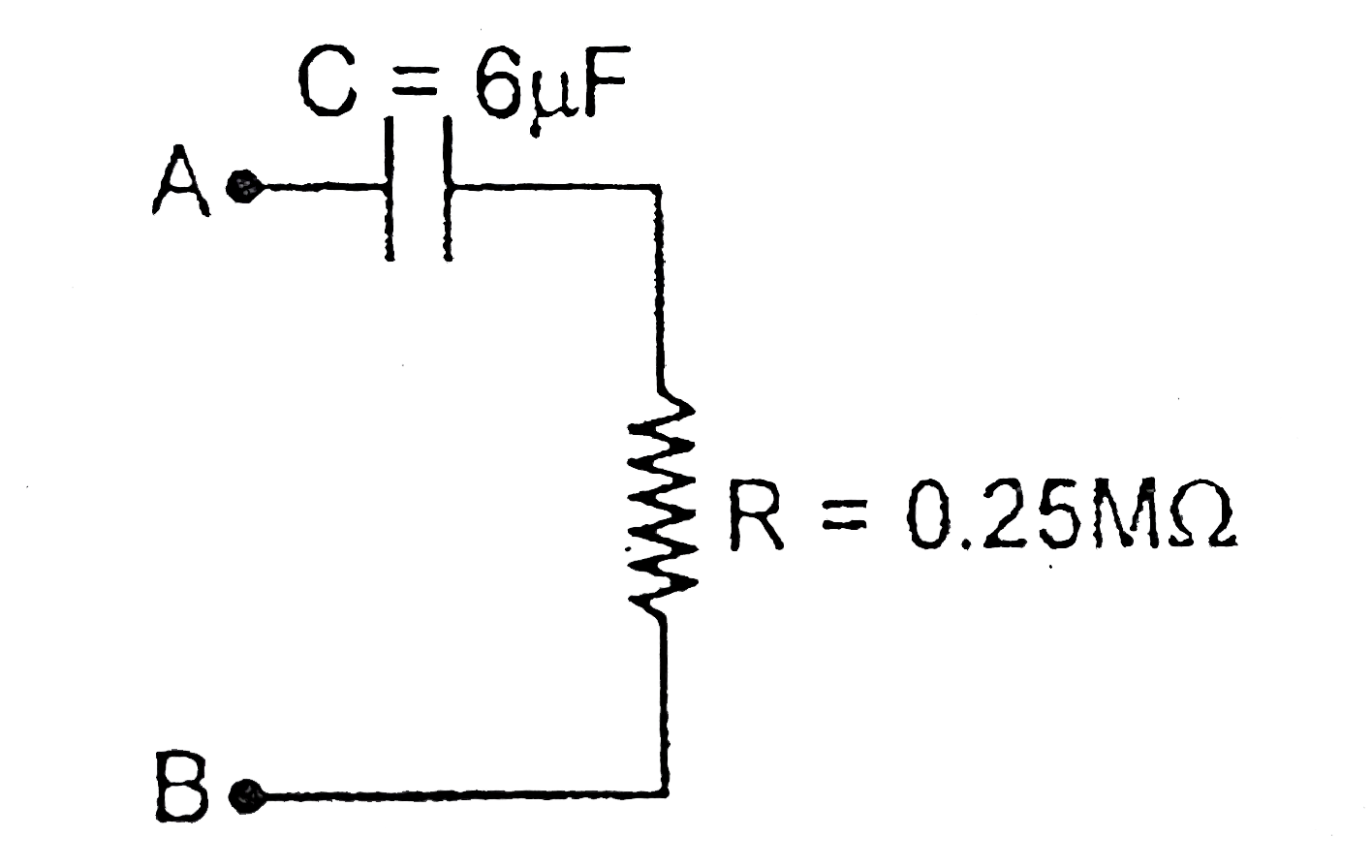
9V
18V
3V
6V
The correct Answer is:A
q=CV brgt =[6×3sin2t]×10−6
i=dqdt[6×3×2cos2t]×10−6
VR=iR=9cos2t⇒Vmax=9V
Topper's Solved these Questions
Similar Questions
A time varying voltage is applied to the clamps A and B such that voltage across the capacitor plates is as shown in the figure. Plot the time dependence of voltage across the terminals of the esistance E and D.
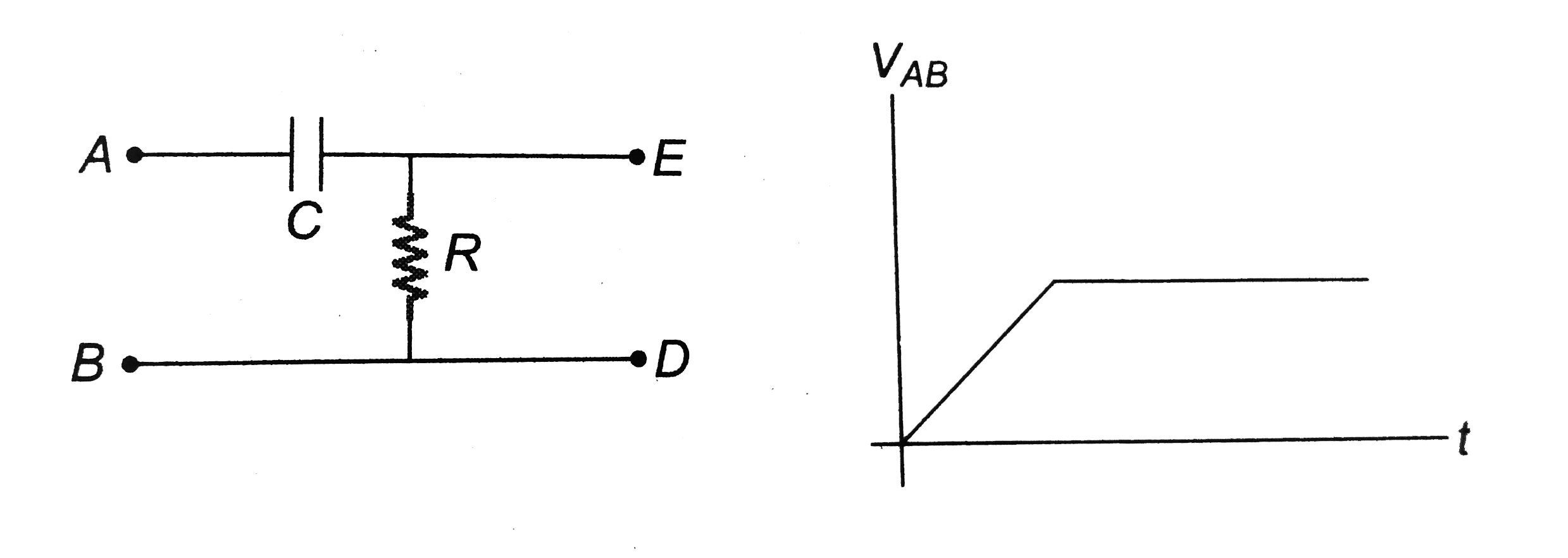 View Solution
View SolutionWhat is the potential difference across 2μF capacitor in the circuit shown?
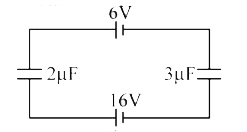 View Solution
View SolutionA varying voltage is applied to the clamps AB as shown in fig. such that the voltage across the capacitor plates varies as shown in the figure. Plot the time depending on voltage across the clapes CD.
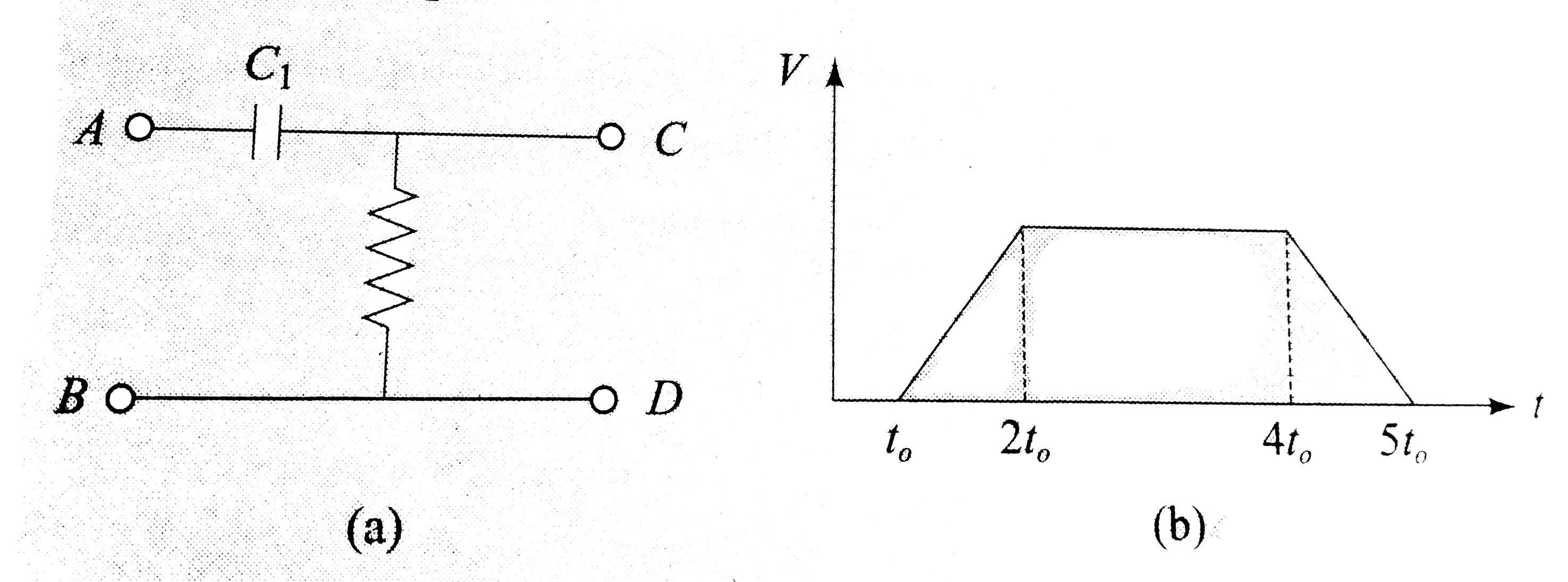
 View Solution
View SolutionA constant voltage of 25 V is applied to a series L-R circuit at t = 0, by closing a switch. What is the potential difference across the resistor and the inductor at time t = 0?
View Solutiongiven that potential differene across 1μF capacitor is 10V. Then,
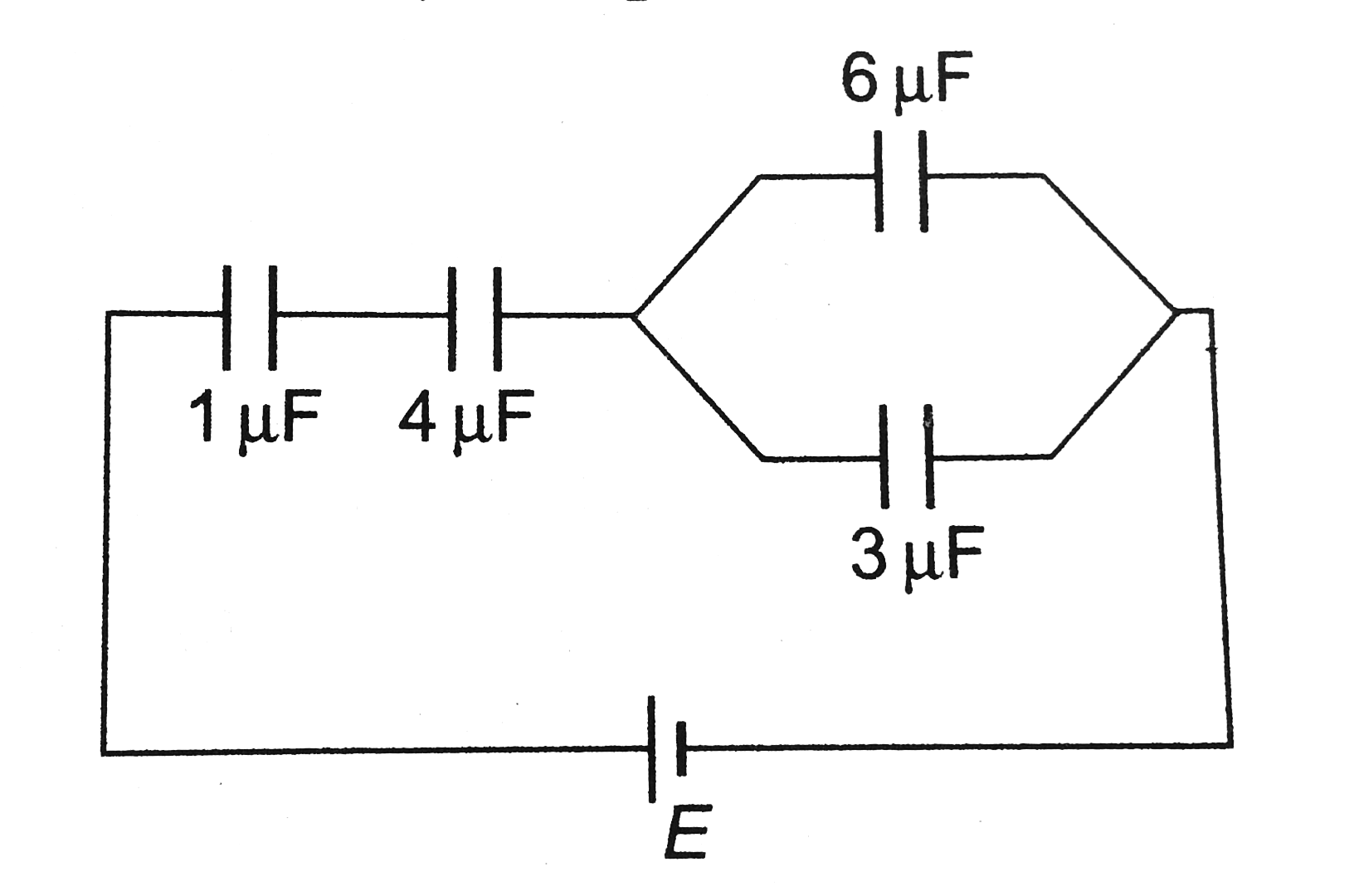 View Solution
View SolutionIn the given circuit, the potential difference across the 6μF capacitor in steady state is
 View Solution
View SolutionIn the given circuit, with steady current, the potential difference across the capacitor is
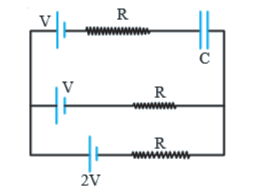 View Solution
View SolutionA small signal voltage V(t)=V0sinωt is applied across an ideal capacitor C:
View SolutionIn the circuit shown in the figure, E=50.0V,R=250Ω and C=0.500μF. The switch S is closed for a long time, and no voltage is measured across the capacitor. After the switch is opened, the voltage across the capacitor reaches a maximum value of 150V. What is the inductance L?
 View Solution
View SolutionIf the voltage across 500Ω is 5 V. then R2 is
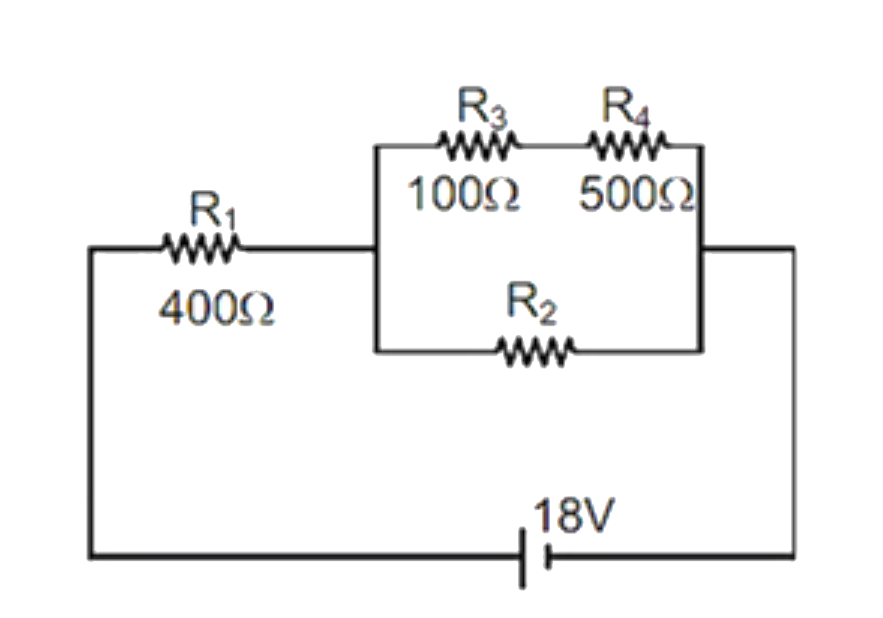 View Solution
View Solution

